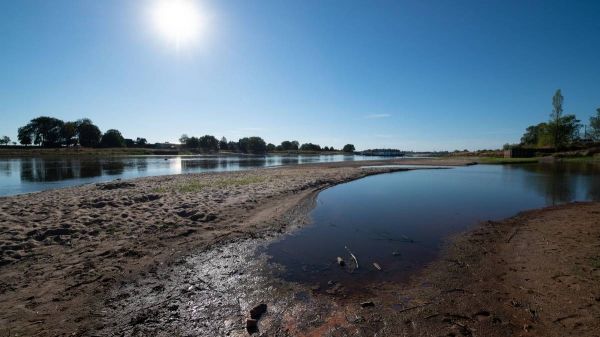Until now, however, it was unclear what factors led to these extreme events. Researchers from two Helmholtz Centres (AWI & UFZ) have now discovered that in Central Europe, temperature and precipitation patterns in April play a vital role in determining whether or not the soils are drier than average in the following summer.
If the April is too warm, with little precipitation, a large proportion of the moisture stored in the soil evaporates, making a summer drought more likely. The team has also identified one of the reasons for the repeated dry Aprils and the correspondingly increased risk of drought. Decreasing temperature differences between the Arctic and the middle latitudes lead to a shift in the jet stream and the formation of a blocking high-pressure system over the North Sea and parts of Germany.
This in turn means that the April weather in Central Europe is getting much too warm and dry, as the researchers report in a study released today in the Nature Partner Journals “npj Climate and Atmospheric Science”.
Continue reading at Alfred Wegener Institute, Helmholtz Centre for Polar and Marine Research
Image via Alfred Wegener Institute, Helmholtz Centre for Polar and Marine Research


